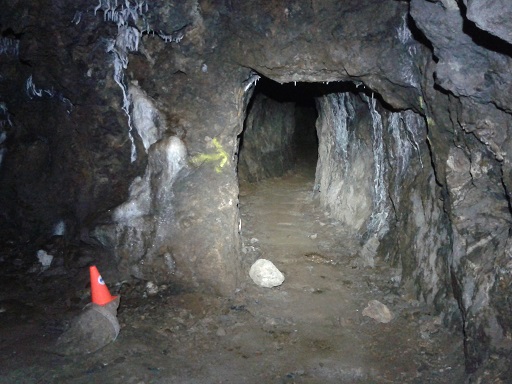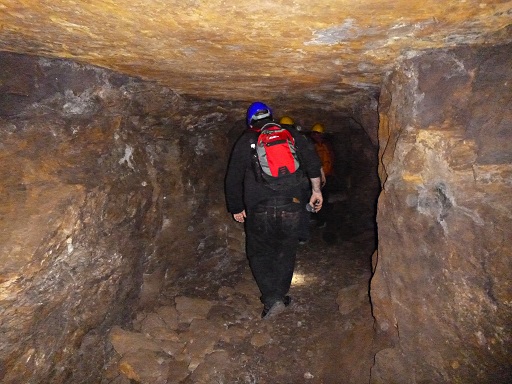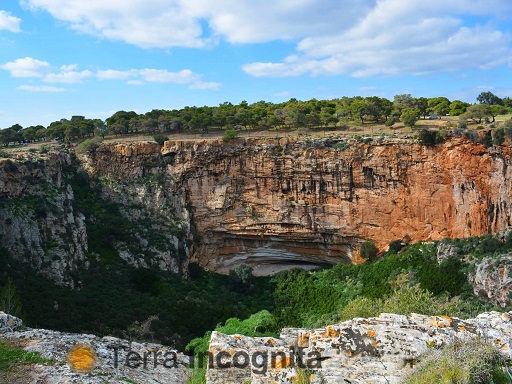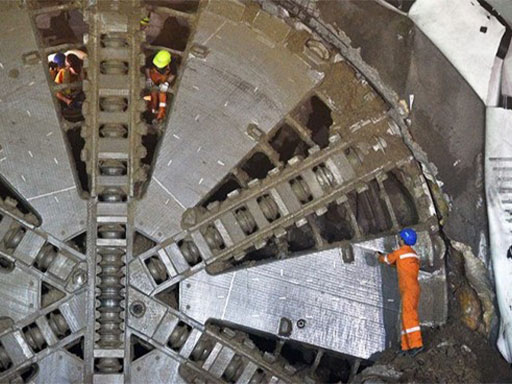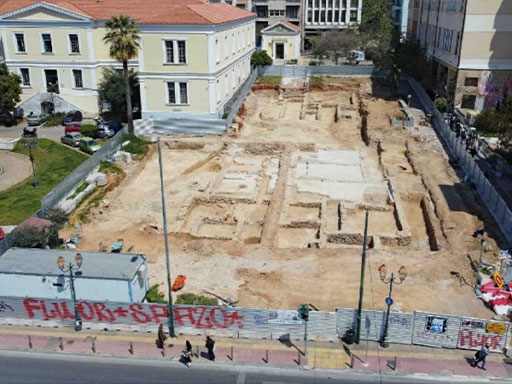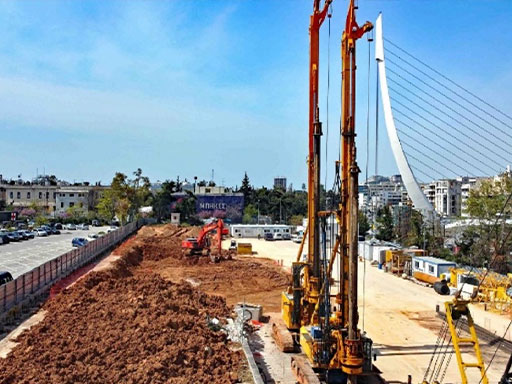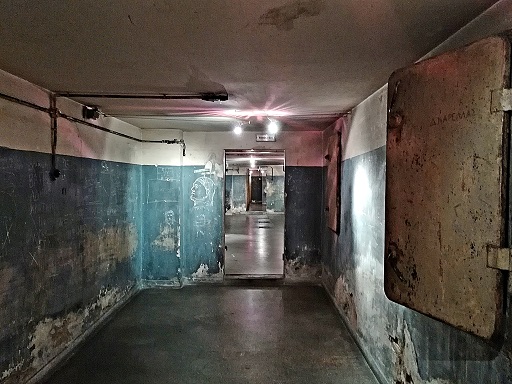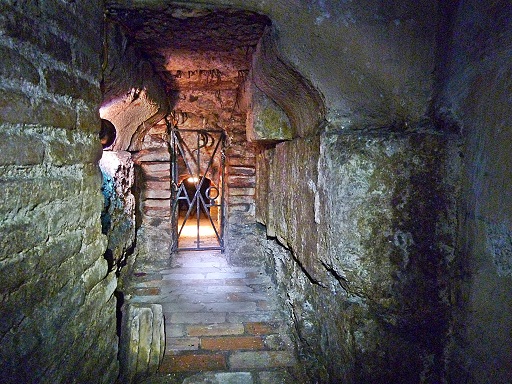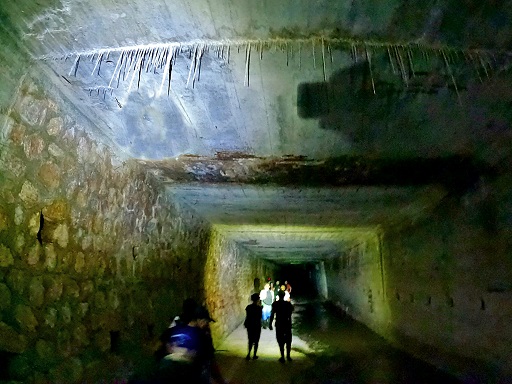World Tunnel Congress 2023: “The underground space is often undervalued as an asset”
A conversation between Arnold Dix, President of ITA
and Nikolaos Roussos, President of GTS
As the new edition of the WTC in Athens from 12 to 18 May approaches, Arnold Dix, President of the International Tunnelling and Underground Space Association and Nikolaos Roussos, President of the Greek Tunnelling Society, discuss several topics around tunnelling, its multiple challenges and the congress.
With the WTC approaching in May, what is the state of the tunnelling sector globally and particularly in Greece?
AD: Globally this sector has never been busier with major infrastructure being delivered as part of economic stimulus packages in many countries. Also the role of underground infrastructure in adaptive and resilient responses for the challenges posed by the changing climate has seen a boom in flood diversion, hydro power, sewerage and mountain transportation projects.
NR: We see this trend here in Greece and in Athens. Its underground network has expanded considerably in recent years and this development is now accelerating significantly. The Metro Line 3 Extension Project to Piraeus was successfully finished in October 2022, with the public opening of the final three new stations, Maniatika, Piraeus, and Dimotiko Theatro. The project, which included a 7.6 km long twin-track running tunnel, six new modern stations, and seven ventilation shafts, is one of the most significant expansions for the greater area of Athens and Piraeus region in decades.
Let’s stay on the tunnelling activity in Greece and especially in Attica region. A major plan for the extension of the metro network in Athens is under discussion. Why are these projects essential?
NR: At this time, in Athens, a Metro network with over 110 stations is proposed, with 35 new stations in 9 extensions. After a decade of focusing Metro projects on the extension of Line 3 in Piraeus and the effort to begin the implementation of Line 4, new goals appear to be established for the coming years. The goal is to connect with other means, expand the network, and create new growth poles in the city, making Athens a friendlier city to its citizens and visitors.
Major plans for the extension of metro networks in big cities are essential for improving transportation, reducing congestion, promoting economic development, and enhancing urban mobility. These projects can have a significant positive impact on the lives of people in the city, making them a crucial investment for the future.
Sustainability in tunnelling and resilience against climate change. What’s your view? Does the scarcity of urban space resources make the underground space planning de facto more sustainable?
AD: The threats posed to urban environments like climate change, tend to relate to less reliable surface assets like roads, railways, power distribution, and surface drainage, because more frequent, higher intensity storm events and more severe weather (such as heat or cold), tend to damage and render existing surface infrastructure compromised.
This then raises the prospect of more adaptive infrastructure of which the underground delivers many unique opportunities. The sustainability of such options depends partly upon the consequences of building and operating them on the climate emergency itself. Enormous improvements have been made to the environmental implications of building such infrastructure including low carbon materials and techniques.
NR: Moreover, tunnels can provide additional space for sustainable infrastructure such as underground water storage and renewable energy production.
Regarding the scarcity of urban space resources, yes, planning for the use of underground space can be considered more sustainable due to the limited availability of above-ground space in urban areas. By utilizing the underground space for transportation, utility corridors, and other infrastructure needs, it can help reduce the demand for above-ground space, which can help preserve green space and improve the overall liveability of urban areas.
Precisely, the WTC 2023 will be under the sign of “Expanding Underground”. Is the underground space undervalued as an asset?
NR: There is a significant amount that can be done below the surface of our cities, and the underground space is often undervalued as an asset. There are several reasons to explain that. Firstly, there is a lack of awareness and understanding of the potential uses and benefits of underground space. Many people may not realize that the underground space can be used for more than just transportation tunnels and utility tunnels.
Secondly, there are technical and logistical challenges associated with developing underground space. Excavating and constructing underground structures can be complex and costly, and requires specialized knowledge and equipment.
Thirdly, there may be regulatory and legal barriers to developing underground space. For example, there may be restrictions on the use of underground space in certain areas or limitations on the height or depth of structures that can be built.
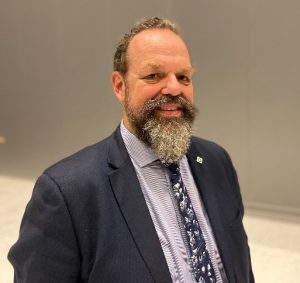
AD: The area under cities is a spatial resource that is dimensionally limited but usually underutilised and undervalued.
There are enormous opportunities under most cities to augment the surface for greater human enjoyment and to deliver efficient and effective transportation, water, sewerage, energy, dangerous or confidential endeavours, strategic activities, and other complex human endeavours underground.
Sustainability in tunnelling and resilience against climate change. What’s your view?
AD: The threats posed to urban environments like climate change, tend to relate to less reliable surface assets like roads, railways, power distribution, and surface drainage, because more frequent, higher intensity storm events and more severe weather (such as heat or cold), tend to damage and render existing surface infrastructure compromised.

NR: Tunnelling can help reduce the environmental impact of transportation by providing underground mass transit systems, which can reduce the need for individual cars and improve air quality. Additionally, tunnels can be used to provide underground utility corridors, which can reduce the need for overhead transmission lines and help protect against extreme weather events.
Regarding the scarcity of urban space resources, yes, planning for the use of underground space can be considered more sustainable due to the limited availability of above-ground space in urban areas. By utilizing the underground space for transportation, utility corridors, and other infrastructure needs, it can help reduce the demand for above-ground space, which can help preserve green space and improve the overall liveability of urban areas.
In conclusion, tunnelling can play an important role in promoting sustainability and resilience in the built environment, and the scarcity of urban space resources makes underground space planning an attractive option for meeting infrastructure needs. However, it is important to balance the potential benefits of underground development with the need for responsible planning and management to ensure that it is sustainable and does not have negative impacts on the environment or surrounding communities.
An extended version of this conversation will be available in the press kit of the WTC 2023.
Please find more information on the website: https://wtc2023.gr/
—
About the International Tunnelling and Underground Space Association:
The International Tunnelling and Underground Space Association (ITA) is a non-profit and non-governmental international organization that aims to promote underground space’s use as a solution to sustainable development. Founded in 1974 and operating out of Geneva, Switzerland, ITA currently associates with 78 Member Nations, 300 affiliated members, 14 Prime Sponsors and 60 supporters.
About the Greek Tunnelling Society:
The Greek Tunnelling Society (GTS), founded in 1995, is the established and official representative of Greece in the International Tunnelling Association (ITA-AITES). GTS is a non-profit body and aims to promote the key advantages of tunnels and underground structures from technical, environmental, social and economic point of view. The steering board of the GTS consists of 7 members, while the body of the GTS has more than 200 members. For more information on GTS, visit the official website.
Press Contact
ITA Contacts
Amélie Jolivet / Maxime Forgues
a.jolivet@giesbert-mandin.fr / +33 7 85 53 50 05
m.forgues@giesbert-mandin.fr / + 33 6 66 65 04 91
Professional Congress Organiser Contact
Promotion Team
Harry Tzanavaris
promo@wtc2023.gr / +30 210 6833600

